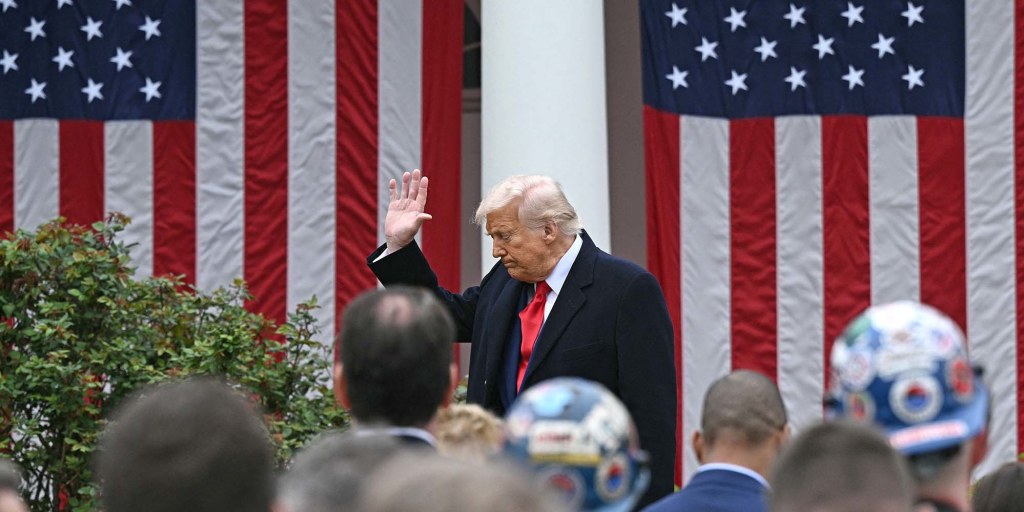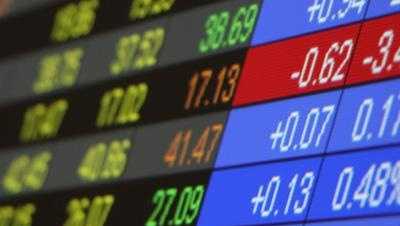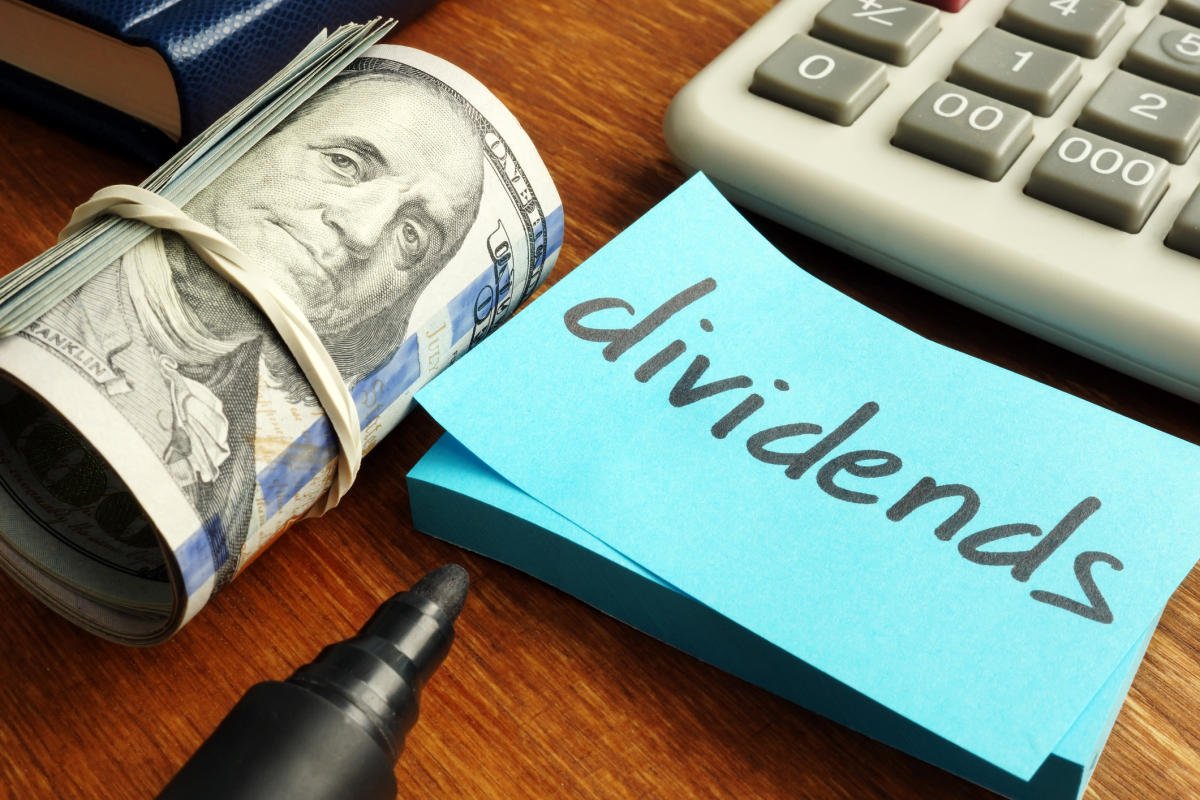Unlock stock picks and a broker-level newsfeed that powers Wall Street.
In This Article:
Stocks are ending the first quarter of 2025 near their lows of the year. President Trump’s tariffs have been a major driver of the recent market sell-off, with the S&P 500 falling 5.75% in March alone.
But now, with Trump’s “Liberation Day” on April 2 fast approaching and investors expecting to hear more details about the president’s plans for reciprocal tariffs, strategists aren’t confident that tariff answers will solve all of the market’s developing issues from the first three months of the year.
“We are not dip buyers as the risks that drove the sell-off linger,” Citi head of US equity strategy Stuart Kaiser wrote in a note to clients on Sunday.
To Kaiser’s point, the recent equity market sell-off hasn’t just been driven by one straight flavor. If anything, it’s been a smorgasbord of worsening vibes across earnings expectations, consumer and business sentiment, and weakening economic data.
Big Tech has borne the brunt of the selling action. As the S&P 500 entered the year with valuations near multi-decade highs, many had called for a relaxation of the “seven stocks driving the whole market higher” narrative of the past two years.
In late January, the rise of DeepSeek’s low-cost AI offering in China first spooked the tech trade. Then, when tariffs further threatened investors’ risk appetite, the market’s top winners of the past few years led the selling.
Now, after the Magnificent Seven’s worst quarter against the S&P 500 in more than two years, it’s unclear whether the hottest trade of this bull market will once again be able to help power the S&P 500 higher. But given their outsized weighting, strategists have pointed out it’s unlikely the benchmark index could have a sustainable rally back toward record highs without participation from the largest stocks in the market.
“We are positive [on Big Tech], but I would put it more like medium to long term,” Barclays head of US equity strategist Venu Krishna said during a media call with reporters last week. “In the near term, we find hardly any catalyst for that [trade] to really recover.”
A key issue not just for the Big Tech sell-off but the overall market has been a rerating of growth expectations for the year. Entering 2025, consensus centered around another year of above-trend growth for the US economy.
But three months in, the data has told a different story. Consumer spending declined for the first time in nearly two years during January. February saw a smaller comeback than economists had expected. Goldman Sachs now believes the US economy grew at an annualized pace of 0.2%, down from an initial projection of about 2.4%.

















